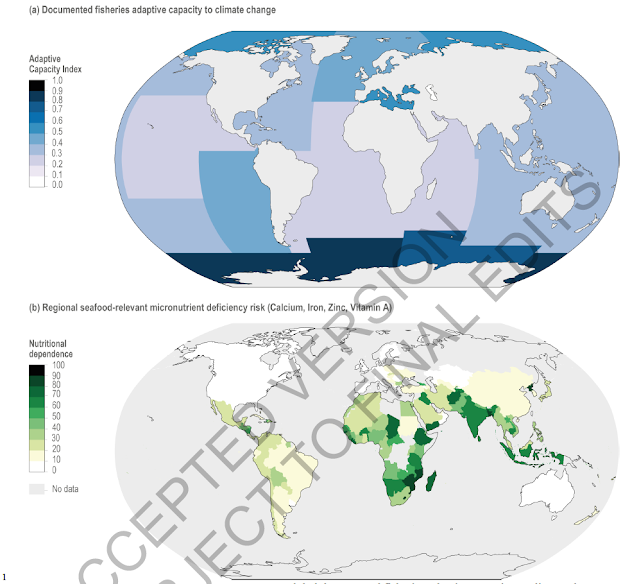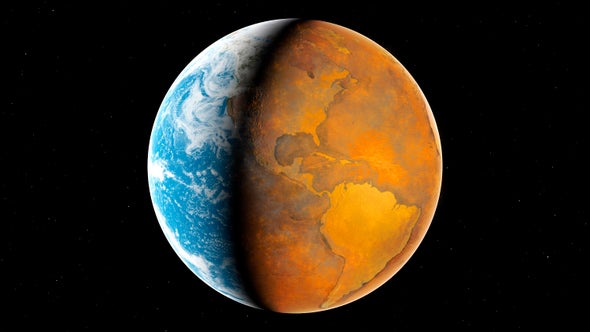Global warming is reducing food production, with a high level of confidence. Increased temperatures and growing ozone levels are reducing crop yields. More arid conditions have diminished soil quality, and increased ocean temperatures have reduced the productivity of many marine fisheries. These trends are expected to accelerate through the remainder of the 21st century.
The planet’s warming has altered the timing of seasons, pushing spring back earlier and autumn later. This is causing the times of plants’ flowering and of insects’ emergence to change, reducing the stability of harvests and frequently lowering the quality of the fruits and vegetables. While cultivable zones have opened up further toward the poles as the planet warms, there is frequently a mismatch between plants and pollinating insects, meaning there is not a smooth transition to more productive agriculture. At the same time, pests have gained territory with the added warmth and pose a greater hazard to crops than before.
Both droughts and floods damage or destroy harvests, and both extremes have become more likely in recent decades. Marine heat waves have a similar effect on fisheries by reducing whole populations. El Niño events not only directly affect fish populations but also induce droughts throughout South America. Recent El Niño events have been ascribed, partly and with medium confidence, to man-made global warming. Marine heat waves are, with high confidence, growing more common. Both are expected to occur more frequently through the 21st century. (And it’s worth reminding you that La Niña events, which have become even more prevalent in recent decades than El Niños, are not a temperature reprieve, but events where warm surface water is driven downward by higher winds, storing large amounts of heat at greater oceanic depth. Heat is not lost to the climate system during La Niñas. It is built up.)

With all of these processes predicted in models to continue
and grow stronger, food insecurity and the possibility of famine will also
increase. The current war in Ukraine, though for political reasons, is a
possible preview of the shortages in years to come as the likelihood of crop
failures grows. The 2011 Arab Spring was induced partly by flood-related crop
failure in India and southern Asia. The added heat will also make agricultural
work for people in the field more hazardous. As with other global impacts,
these will not be felt equally around the world. Regional variation will be
clear and at times significant, with monsoonal climates like Asia suffering
from increased flooding, southern North America becoming drier, and northern
North America becoming wetter.
Tomorrow: Cities, settlements and infrastructure.
Be brave, be steadfast, and be well.











No comments:
Post a Comment